Home>Ideas and Tips>Creating A Stylish And Practical Home Office In A Basement
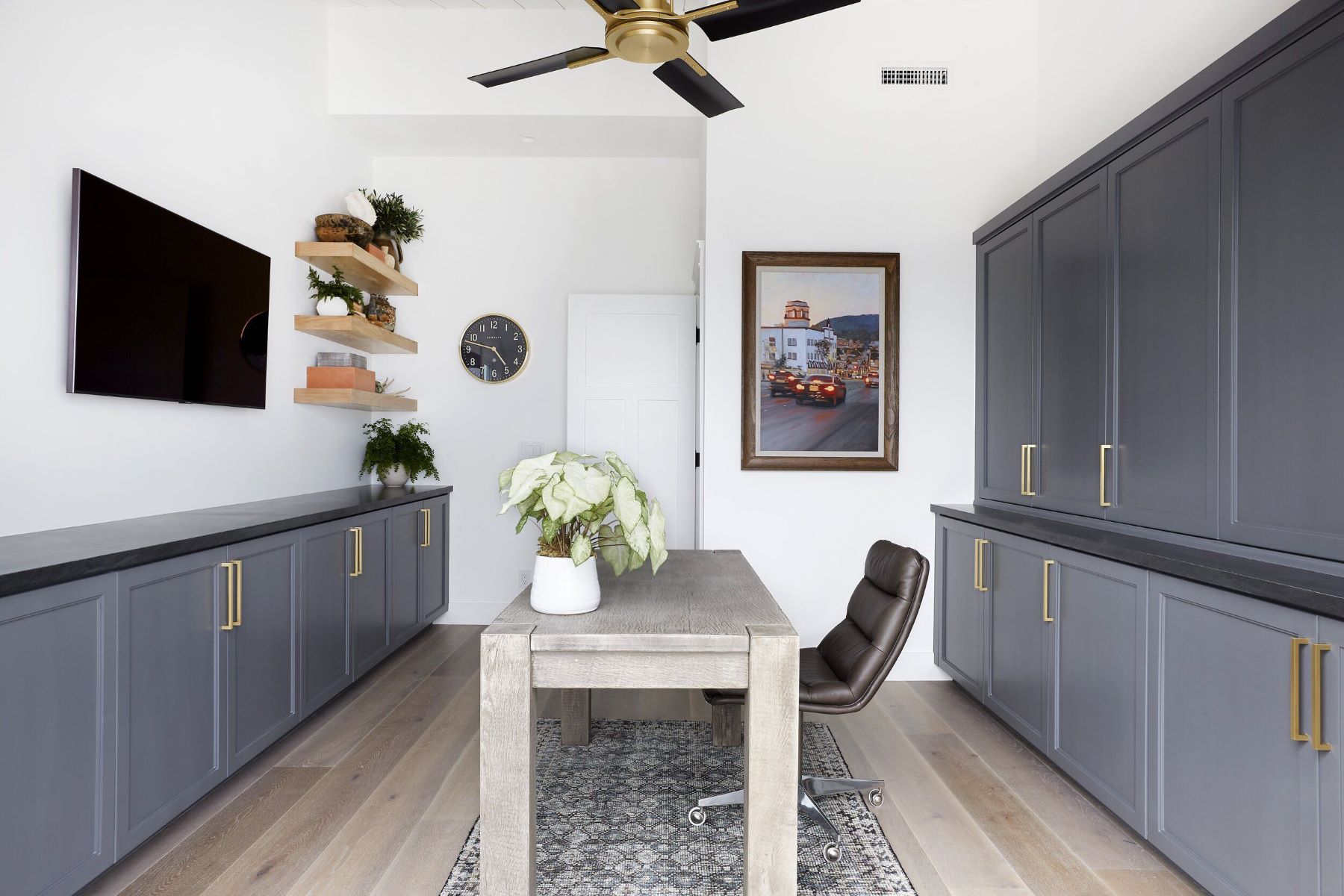

Ideas and Tips
Creating A Stylish And Practical Home Office In A Basement
Published: August 29, 2024
Transform your basement into a stylish and practical home office with our comprehensive guide. Boost productivity and comfort in your new workspace.
(Many of the links in this article redirect to a specific reviewed product. Your purchase of these products through affiliate links helps to generate commission for Storables.com, at no extra cost. Learn more)
Introduction
In today's world, the concept of a home office has evolved significantly. With the rise of remote work and digital communication, many people find themselves needing a dedicated space to manage their professional lives. However, not everyone has the luxury of a spacious home or office. Basements, often overlooked for their potential, can be transformed into functional and stylish home offices. This article will guide you through the process of creating a basement home office that is both practical and aesthetically pleasing.
Assessing Your Basement
Before you start designing your home office, it's crucial to assess the space you have available. Here are some key points to consider:
-
Size and Layout: Measure the dimensions of your basement to determine how much space you have to work with. Consider the layout of the room, including any obstructions like pipes or ductwork.
-
Natural Light: Basements often lack natural light, which can affect your mood and productivity. If possible, consider installing skylights or larger windows to bring in more light.
-
Insulation and Ventilation: Ensure that your basement is well-insulated to maintain a comfortable temperature. Proper ventilation is also essential to prevent moisture buildup.
-
Electrical Outlets: Check the electrical outlets in your basement to see if they are sufficient for your needs. You may need to install additional outlets or upgrade the existing ones.
-
Storage Needs: Think about the storage requirements for your home office. You'll need space for your desk, chair, computer, files, and any other equipment you'll be using.
Designing Your Home Office
Once you've assessed your basement, it's time to start designing your home office. Here are some steps to follow:
-
Define the Purpose: Determine how you plan to use your home office. Will it be for work, studying, or a combination of both? This will help you decide on the layout and features.
-
Choose a Layout: There are several layouts you can consider for a basement home office:
- Central Desk Layout: This is one of the most common layouts where the desk is placed centrally in the room.
- L-Shaped Layout: This layout involves placing the desk against a wall with a corner section for additional storage or seating.
- Open Layout: This layout is ideal for those who prefer a more open and airy feel. It often includes a floating desk or a standing desk.
-
Selecting Furniture: Your furniture should be both functional and stylish. Here are some tips:
- Desk: Choose a desk that fits your needs. If you need multiple monitors or file cabinets, opt for an L-shaped or corner desk.
- Chair: Invest in a comfortable chair that provides good support. Consider ergonomic chairs designed for long hours of sitting.
- Storage Solutions: Use storage solutions like bookshelves, file cabinets, and drawers to keep your workspace organized.
-
Lighting: Proper lighting is essential for any workspace. Here are some options:
- Natural Light: If possible, use natural light by installing skylights or larger windows.
- Artificial Light: Use a combination of overhead lighting and task lighting to create a comfortable environment. Desk lamps can be particularly useful for focused work.
-
Color Scheme: The color scheme of your home office can significantly impact your mood and productivity. Here are some tips:
- Neutral Colors: Use neutral colors like white, gray, or beige to create a calm and professional environment.
- Accent Colors: Add accent colors through furniture or decor to give your space some personality.
Practical Considerations
While aesthetics are important, there are several practical considerations you should keep in mind when designing your basement home office:
-
Noise Reduction: Basements can be noisy due to the proximity to other rooms in the house. Consider using soundproofing materials or acoustic panels to reduce noise levels.
-
Temperature Control: Basements can be cold or damp, especially during winter months. Invest in a space heater or a radiant floor heating system to maintain a comfortable temperature.
-
Moisture Control: Ensure that your basement is well-insulated and ventilated to prevent moisture buildup. This will help in maintaining a healthy environment and preventing mold growth.
-
Technology Integration: If you plan to use your home office for video conferencing or online meetings, consider investing in a high-quality webcam and microphone.
-
Ergonomics: Ergonomics play a crucial role in maintaining your health while working long hours at a desk. Ensure that your chair, desk, and monitor are at comfortable heights to avoid straining your back or neck.
Stylish Touches
While functionality is important, adding stylish touches can make your home office more enjoyable and inspiring:
-
Decor: Add personal touches like artwork, plants, or family photos to make your space feel more welcoming.
-
Textiles: Use textiles like rugs, curtains, or throw pillows to add color and texture to your space.
-
Artificial Plants: If you don’t have access to natural light, consider using artificial plants which can mimic the look of real plants without requiring sunlight.
-
Personalized Items: Display personalized items such as awards or certificates to remind you of your achievements.
-
Technology Integration: Use smart home devices like smart lighting systems or smart speakers to create an integrated and modern workspace.
Storage Solutions
Proper storage is essential for maintaining a clutter-free workspace:
-
Built-In Storage: Consider built-in storage solutions like shelves or cabinets that are designed specifically for your space.
-
Desk Organizers: Use desk organizers like trays or baskets to keep your workspace organized and clutter-free.
-
File Cabinets: Invest in file cabinets that provide ample storage for important documents.
-
Bookshelves: Use bookshelves to store books, binders, or other materials that you need easy access to.
-
Drawers: Install drawers under your desk or in a nearby cabinet to store office supplies like pens, paper clips, or staplers.
Conclusion
Creating a stylish and practical home office in a basement requires careful planning and execution. By assessing your space, defining the purpose of your home office, choosing the right layout and furniture, and adding practical and stylish touches, you can create an environment that is both productive and inspiring. Remember to consider noise reduction, temperature control, moisture control, technology integration, ergonomics, decor, textiles, artificial plants, personalized items, and storage solutions to ensure that your basement home office meets all your needs.
By following these steps and tips outlined in this article, you can transform your basement into a functional and stylish home office that enhances your productivity and overall well-being. Whether you're working remotely or studying at home, having a dedicated space tailored to your needs can make all the difference in achieving your goals.
Was this page helpful?
At Storables.com, we guarantee accurate and reliable information. Our content, validated by Expert Board Contributors, is crafted following stringent Editorial Policies. We're committed to providing you with well-researched, expert-backed insights for all your informational needs.
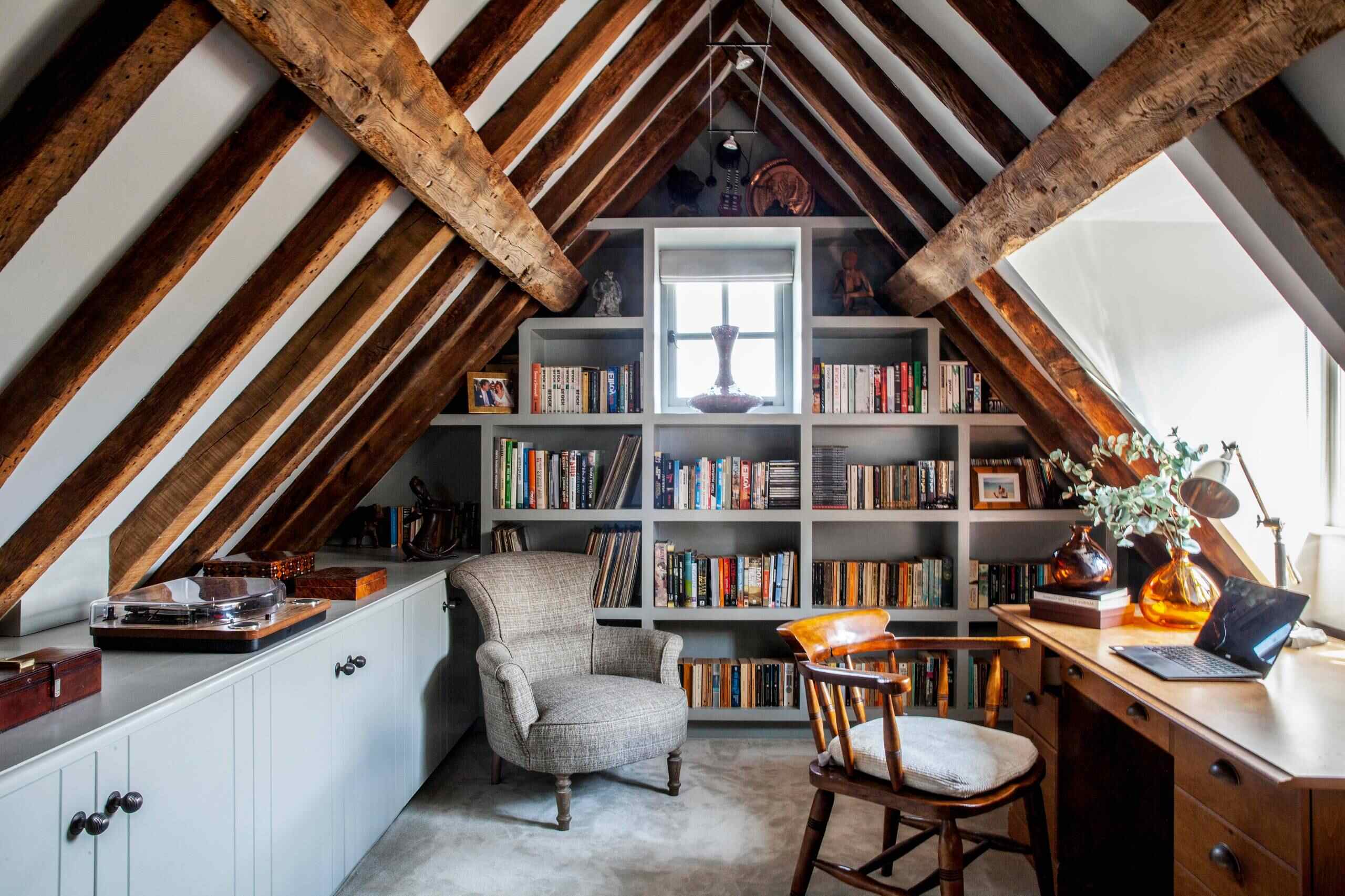
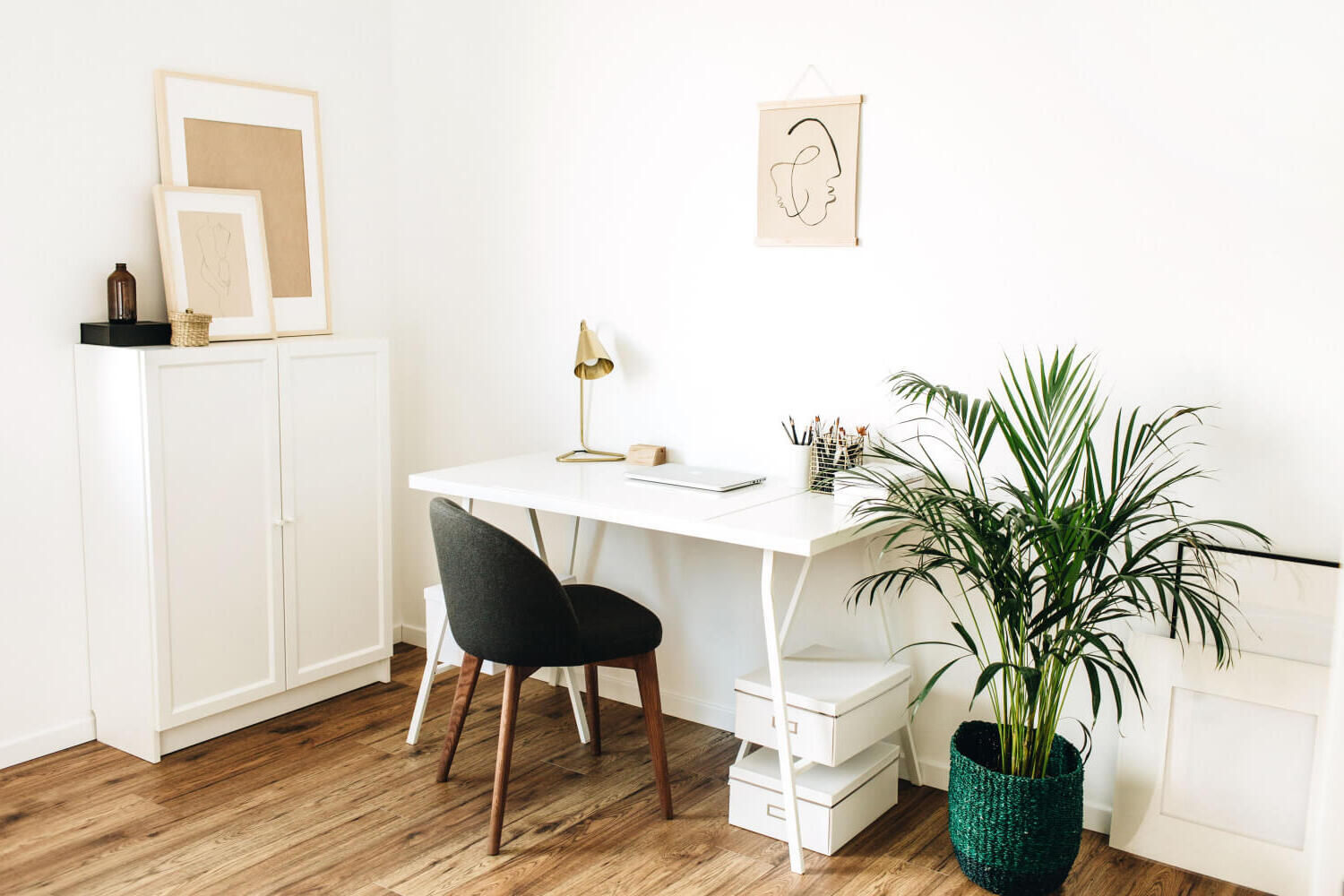
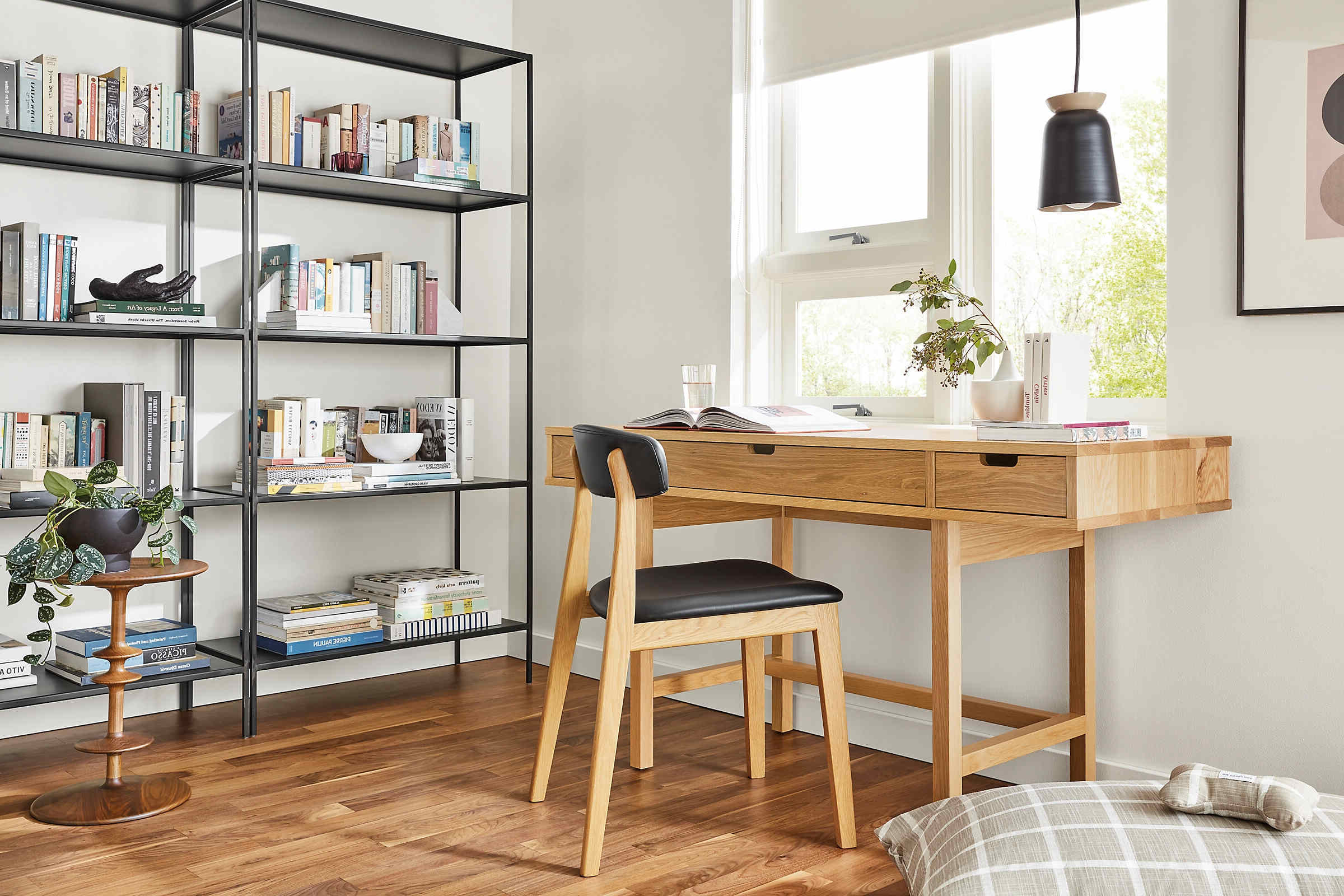
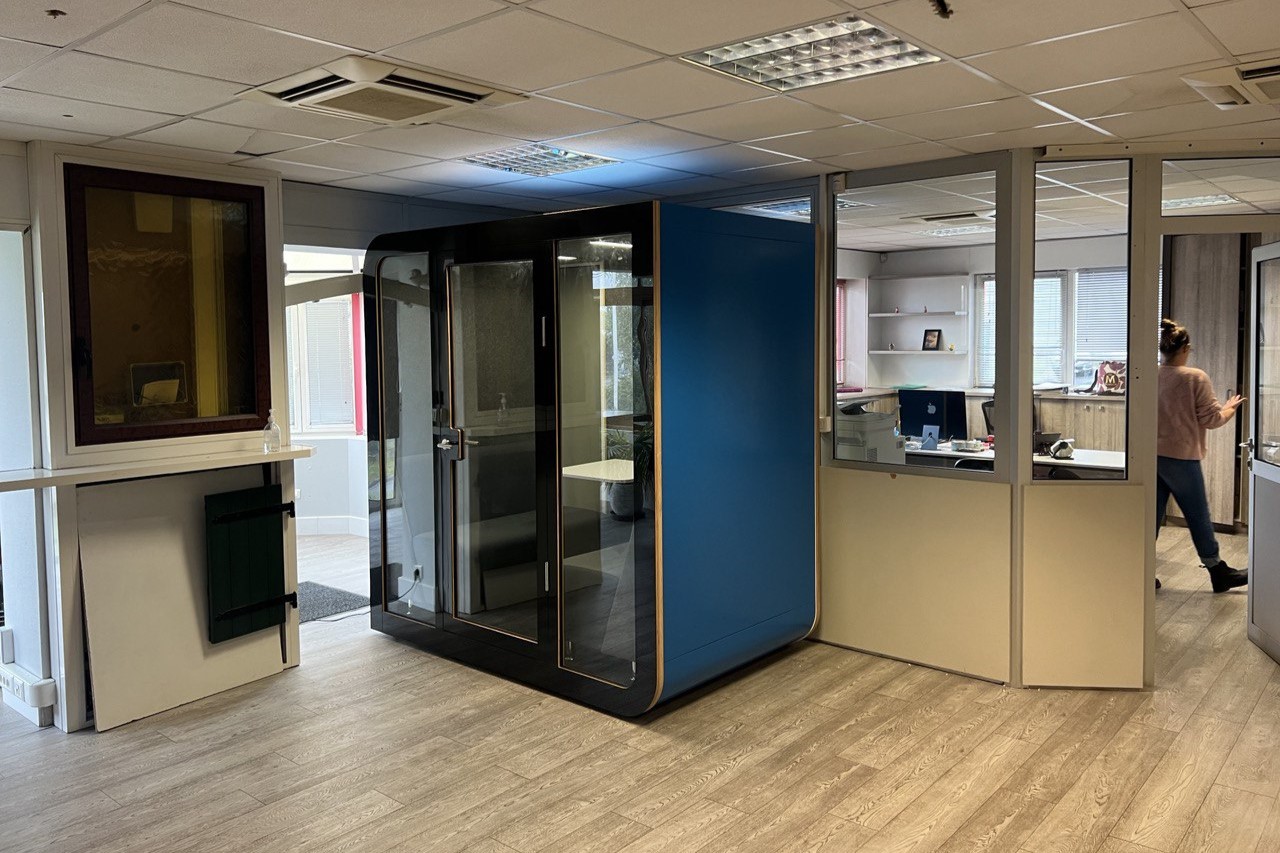
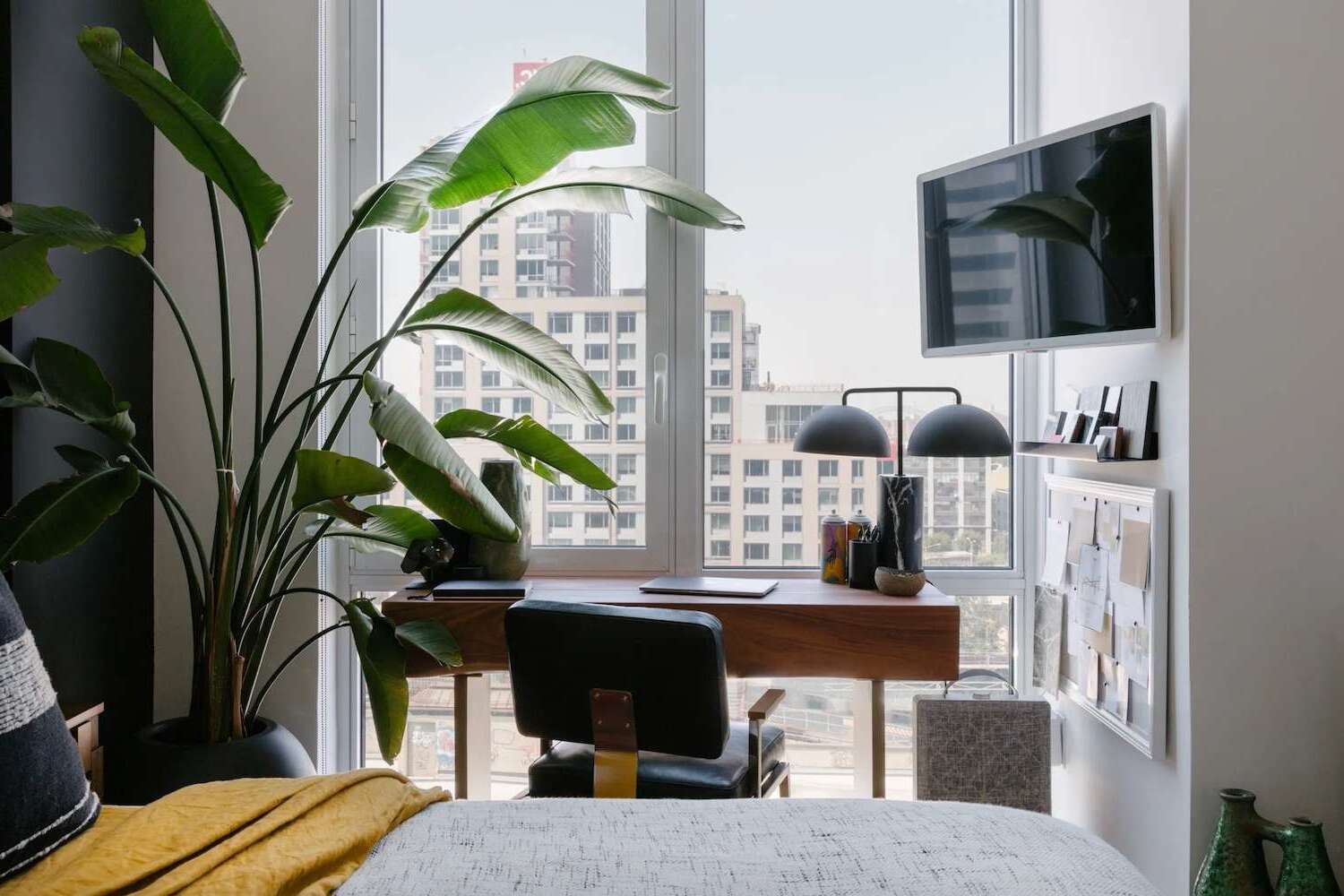
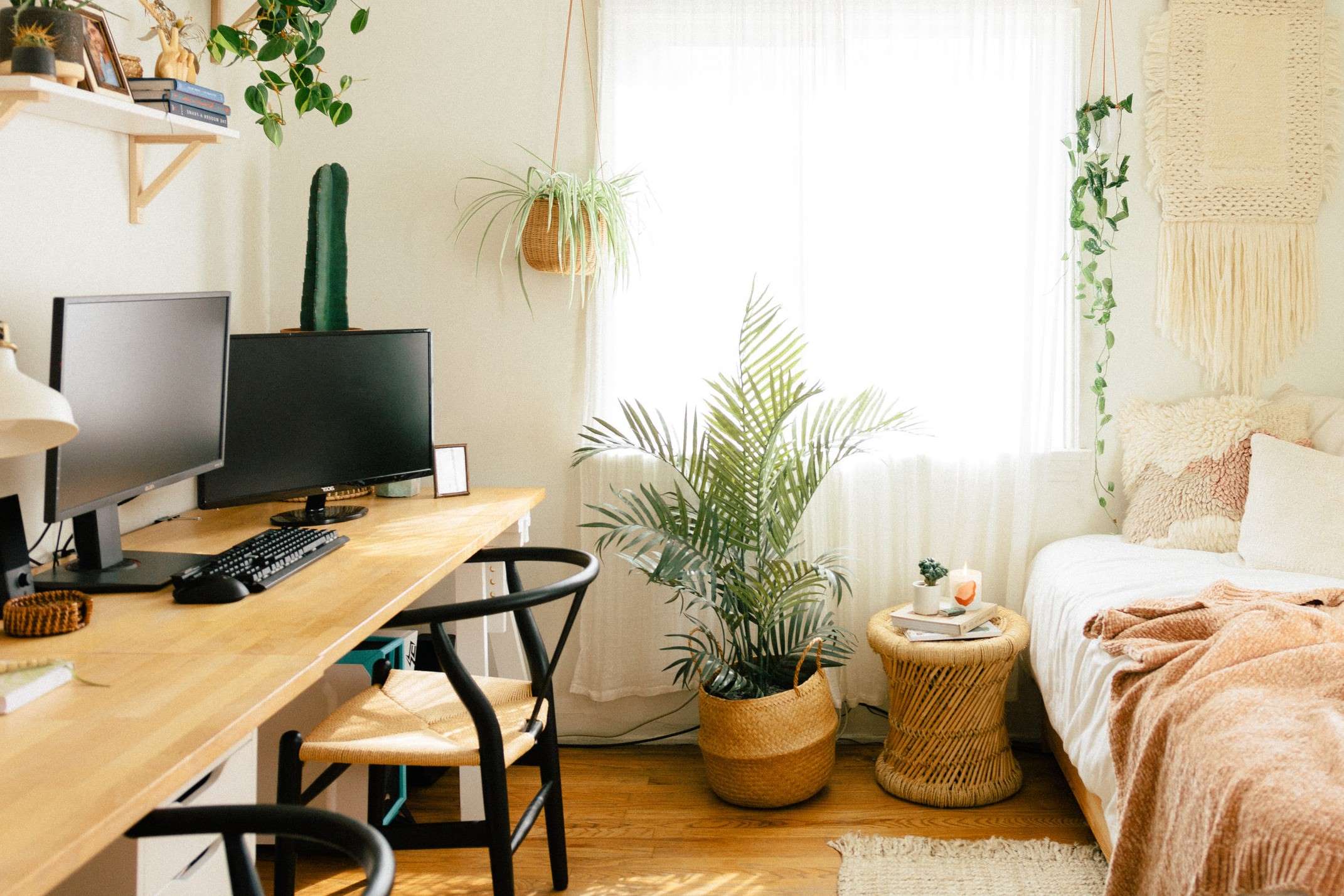
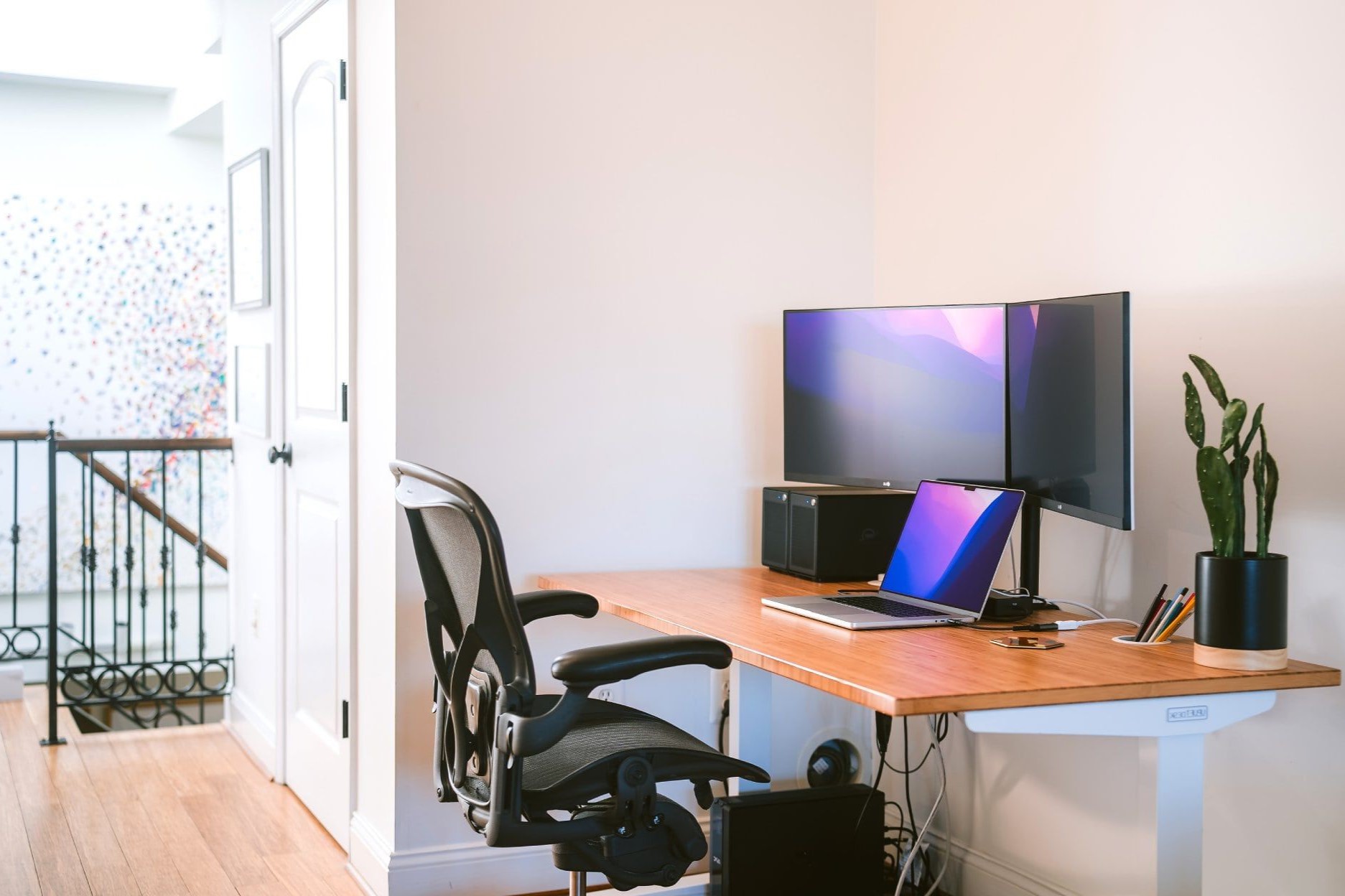
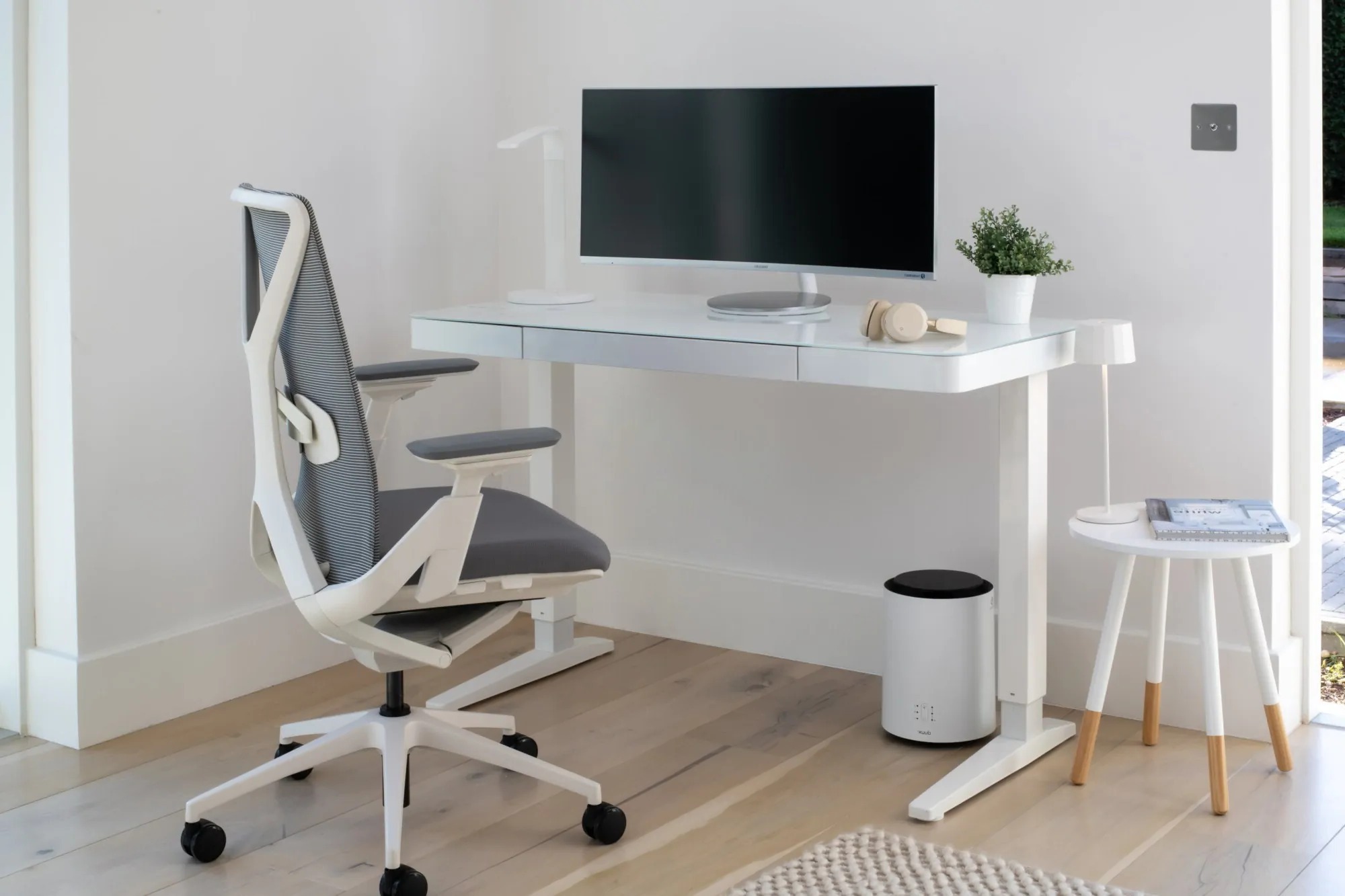
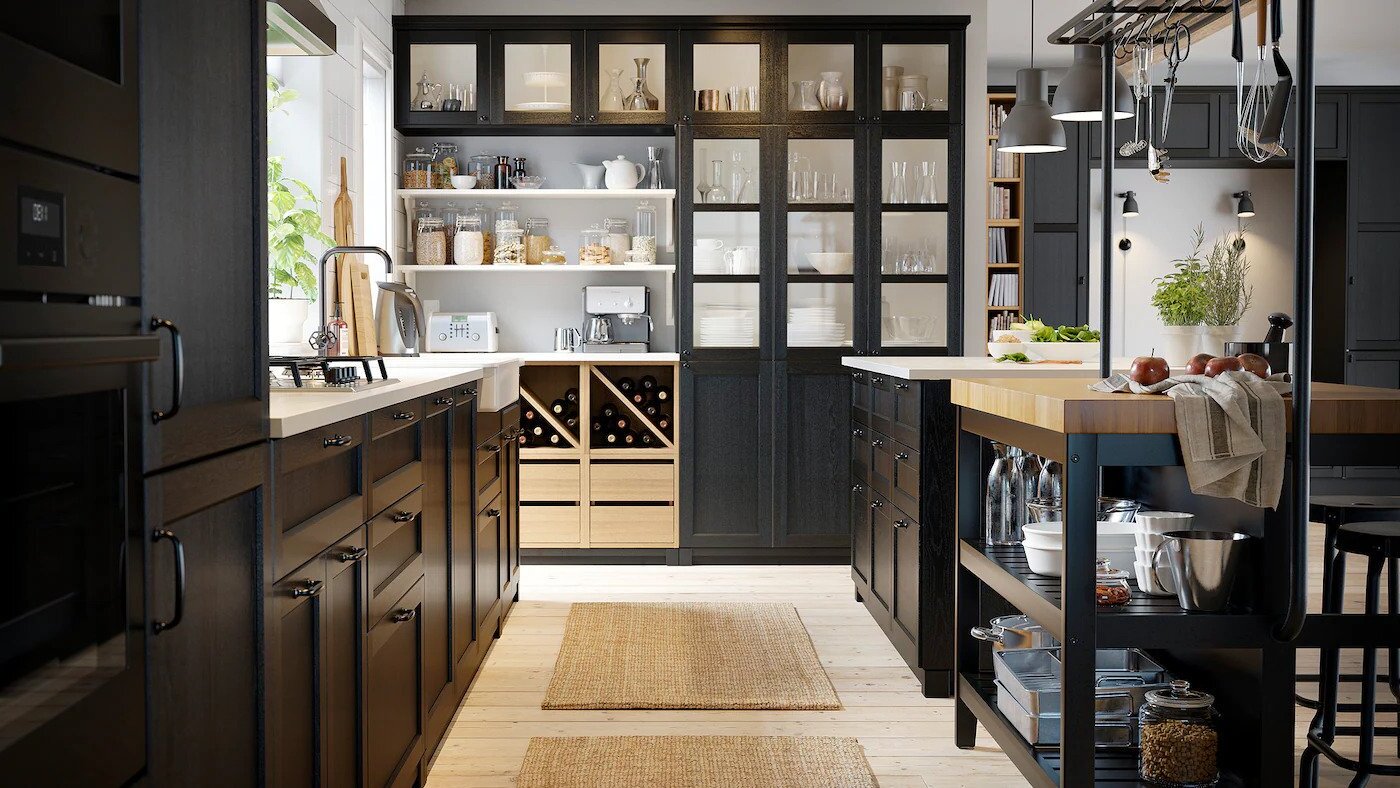
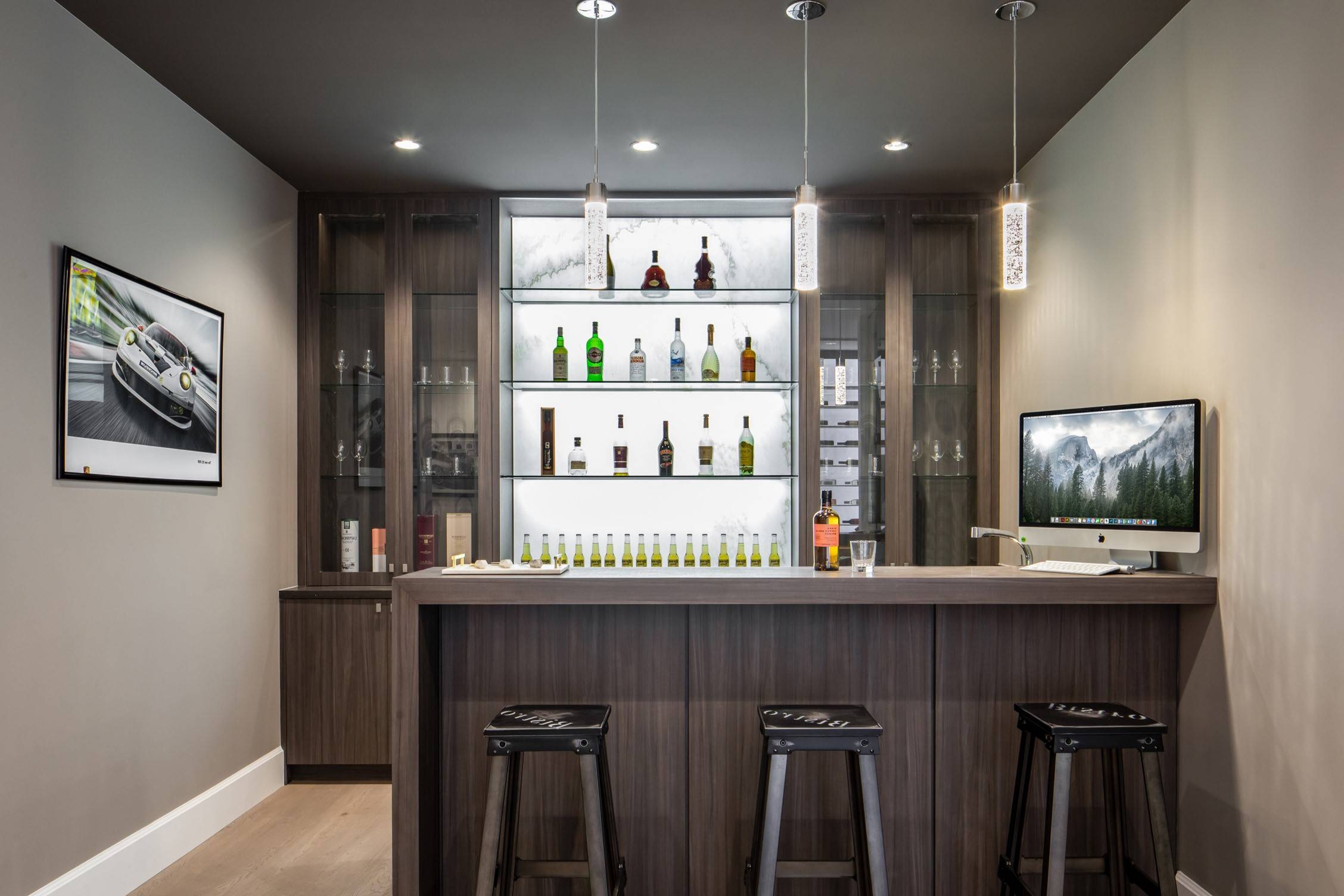
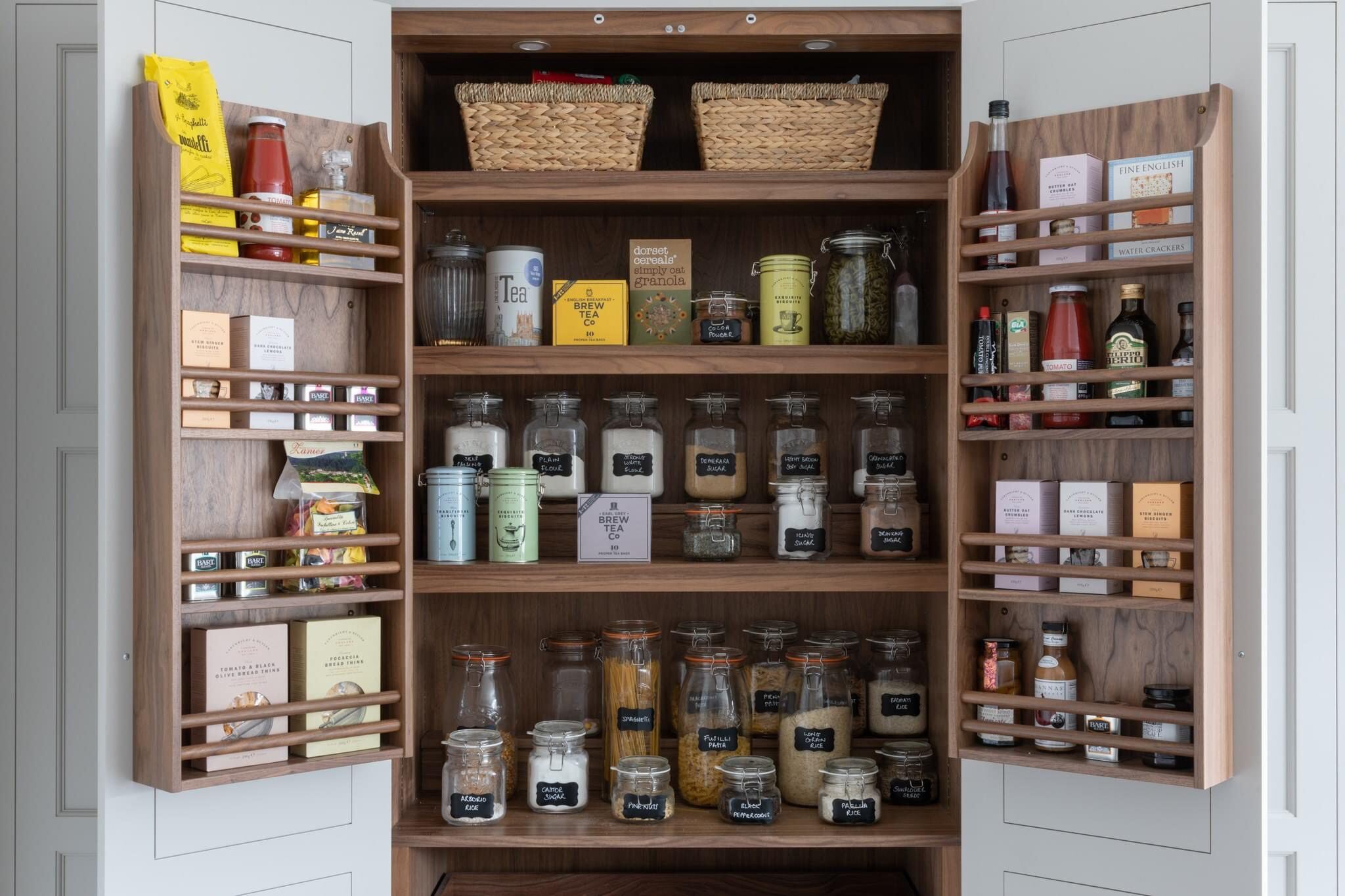
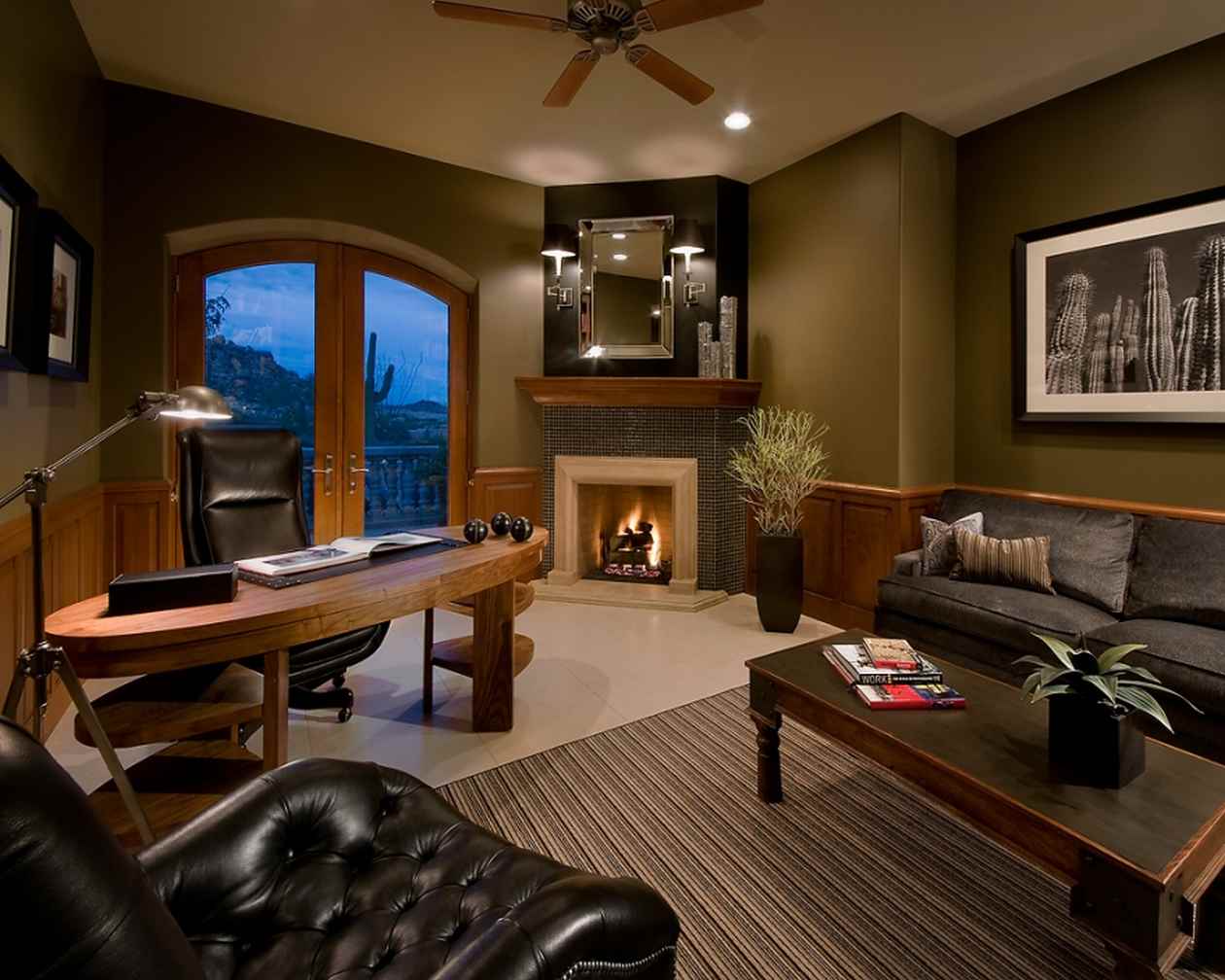
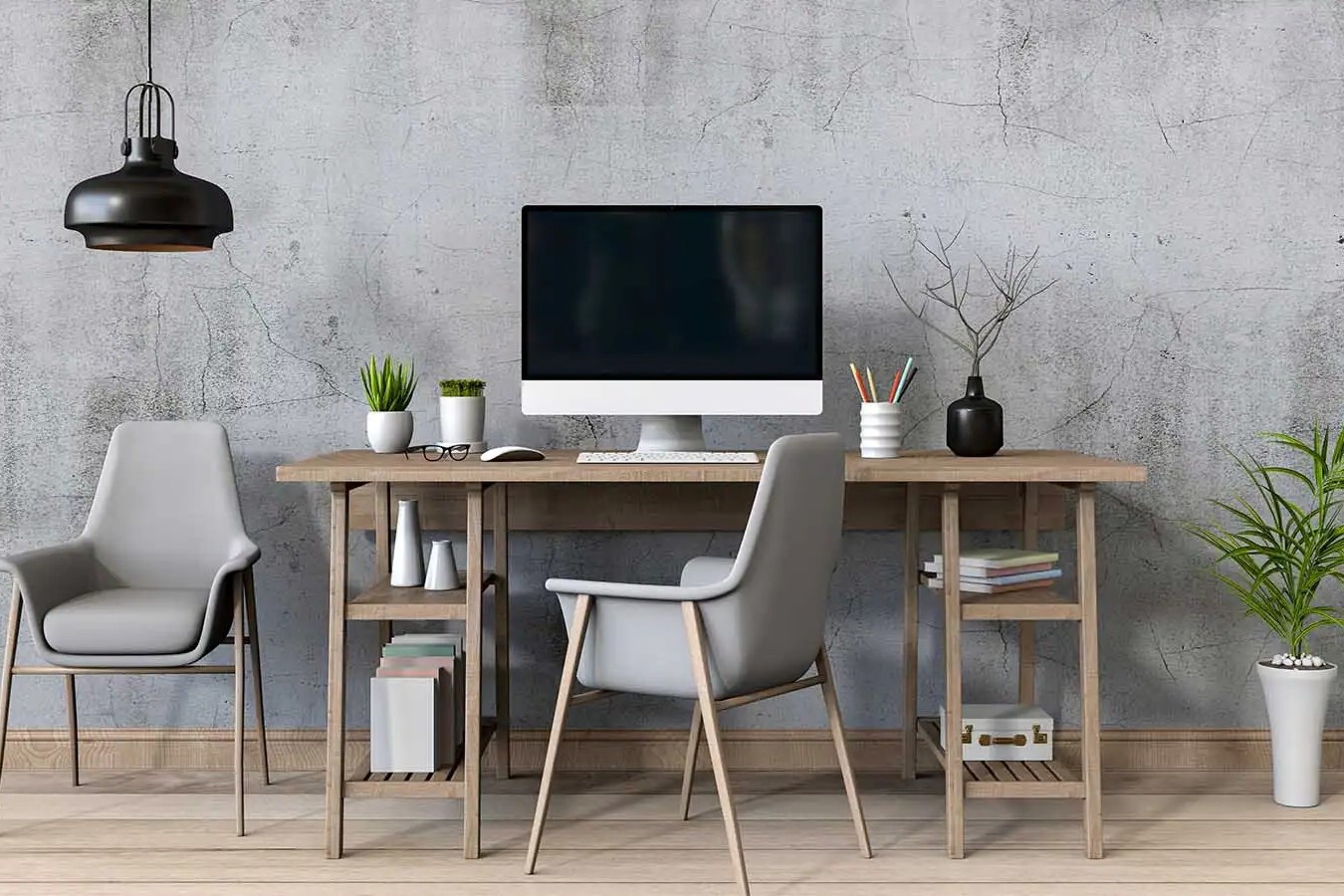
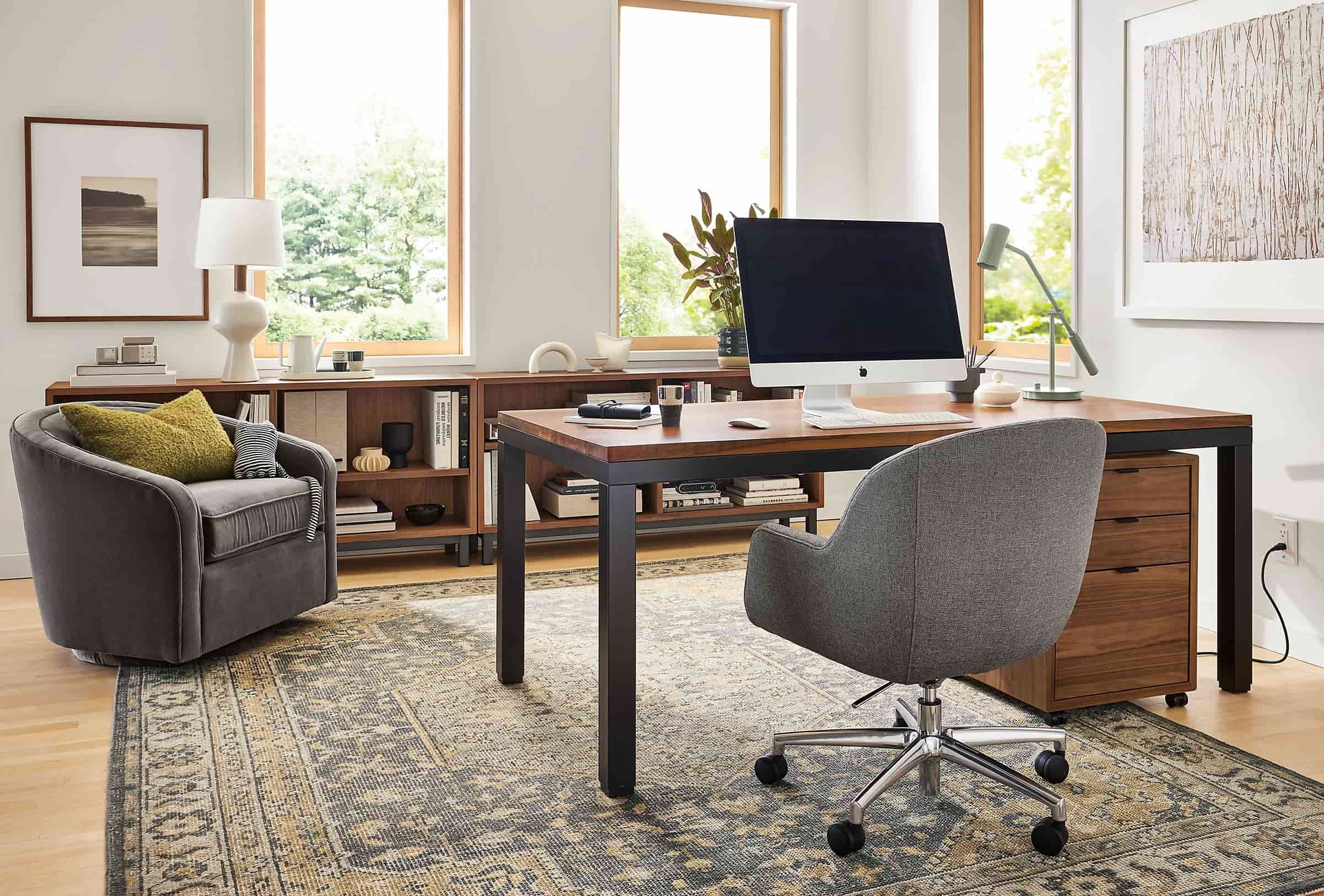

0 thoughts on “Creating A Stylish And Practical Home Office In A Basement”